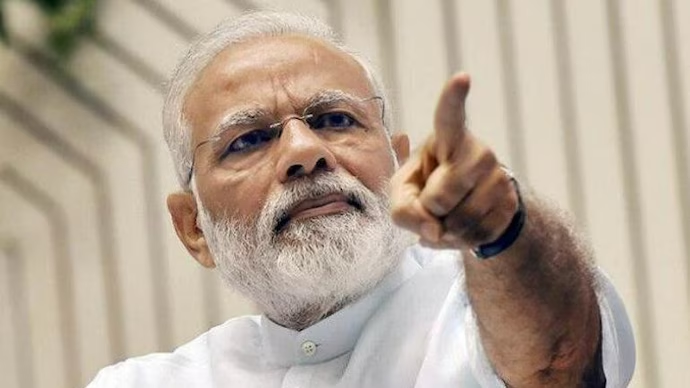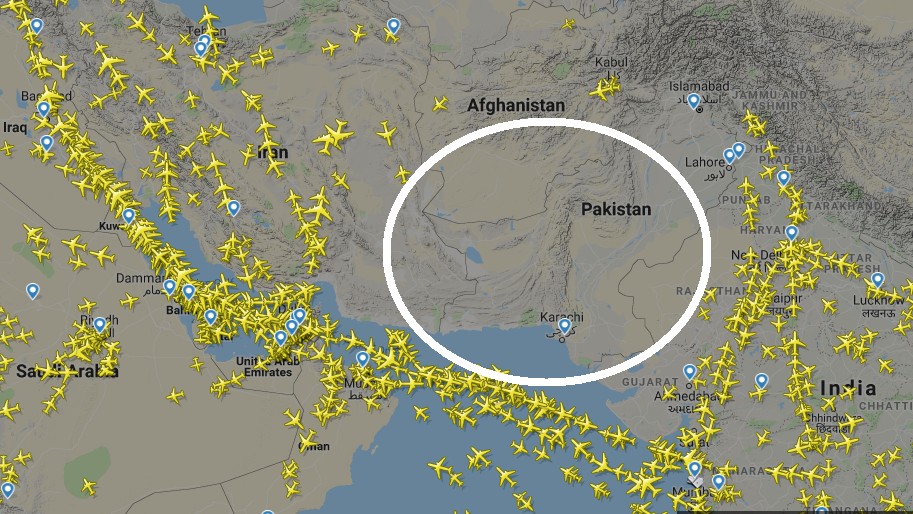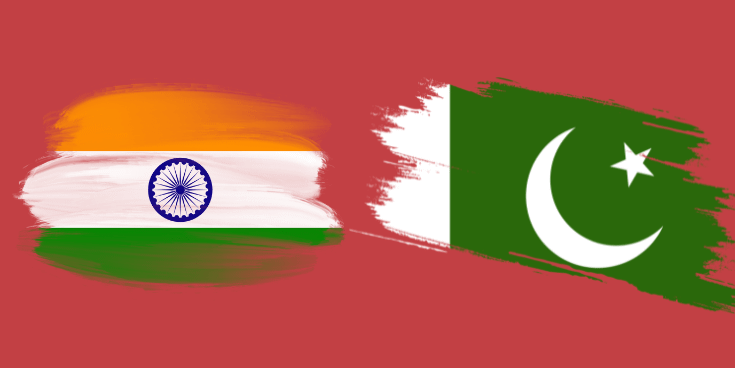Pahalgam Escalation, Water Tensions & Global Reactions.
Title: India-Pakistan Conflict April 2025: Causes, Key Events, and Global Reactions
Written by: Mr, Ali Zulqarnian Hyder https://zillionairekeys.com/pahalgam-india-pakistan-conflict-april-2025-massacre/
Starting Point of the Conflict.
In early April 2025, relations between India and Pakistan deteriorated rapidly following a brutal incident in Indian-administered Kashmir. This event triggered a chain reaction of military actions, diplomatic fallout, and public unrest across both countries. Despite prior ceasefire understandings, decades of mistrust and deep-rooted territorial disputes quickly reignited hostilities. (Pahalgam)
Background of the Conflict.
India and Pakistan have been entangled in a bitter rivalry since the partition of British India in 1947. The Kashmir region has been the most contested area, with both nations claiming it entirely while controlling different portions. Over the years, there have been multiple wars and countless skirmishes, with numerous peace talks either failing or stalling. Ceasefire agreements like the one signed in 2021 did help reduce violence temporarily, but the underlying conflict remained unresolved.
Pahalgam Massacre.
On April 2, 2025, tragedy struck the town of Pahalgam in Jammu and Kashmir, where unidentified gunmen attacked a group of Hindu pilgrims. At least 28 people were killed, and dozens injured. The Indian government quickly blamed Pahalgam the attack on Pakistan-based militant groups, alleging cross-border infiltration and sponsorship of terrorism. Pakistan denied the accusations, calling for an impartial international investigation.
India’s Immediate Reactions.

The Indian response was swift and resolute. The government convened emergency security meetings and launched airstrikes on alleged militant camps across the Line of Control (LoC) in Pakistan-administered Kashmir. India also increased military presence along the border, initiated a high alert in border states, and suspended all diplomatic engagements with Pakistan. The Indian Prime Minister addressed the nation, vowing strong retaliation and calling the massacre an attack on the soul of the nation.
⚔ Military Escalation.
Cross-Border Skirmishes: Since April 24, there have been nightly exchanges of fire along the Line of Control (LoC), with casualties on both sides.
Airspace Restrictions: Both nations have closed their airspace to each other’s aircraft, further straining relations.

Missile Test: On May 3, Pakistan test-fired the Abdali surface-to-surface ballistic missile, signaling military readiness amid the crisis.
Impact of Conflict on Muslims in India & Non-Muslims in Pakistan.
The renewed tensions had a grave impact on civilian communities, particularly minorities in both nations. In India, reports emerged of harassment, detentions, and social ostracization of Muslim communities, especially in northern states. There were instances of targeted hate speech, social media propaganda, and communal violence in sensitive regions.
In Pakistan, Non-Muslim minorities, including Hindus and Sikhs, faced growing hostility. Temples were reportedly vandalized, and hate speech surged in some local media. Many families, fearing violence or retaliation, limited their public appearances and religious observances. Human rights organizations on both sides condemned the targeting of civilians based on religion.
Non-Muslims in Pakistan: Fear, Isolation, and Social Pressure
Non-Muslim communities in Pakistan, especially in provinces like Sindh and Balochistan where many reside, have reported a rise in fear and anxiety. While there have been no widespread acts of violence, local reports and human rights observers have noted instances of:
Harassment and Intimidation: Some non-Muslim families have faced social pressure and verbal abuse, being unfairly blamed for actions of the Indian government simply due to shared religious identity.
Restricted Movement and Security Concerns: Many non-Muslims families have chosen to remain indoors or avoid public gatherings amid rising tensions, especially in mixed-population areas.
Political Exploitation: There are growing concerns that the non-Muslim minority is being used as a scapegoat in heated political narratives. Extremist rhetoric in media and on social platforms has further marginalized these communities.
Despite government assurances of protection, fear persists among Pakistan’s non-Muslims whenever conflict with India arises. Many community leaders have called for calm and unity, emphasizing that local minorities are not responsible for cross-border tensions.
Muslims in India: Growing Distrust and Social Stigma
Similarly, Muslims in India—particularly in states with communal histories—have felt the heat of rising nationalist sentiment. The escalation with Pakistan has led to:
Surveillance and Suspicion: Muslims in border states or sensitive regions have reported increased police monitoring and social suspicion. In some areas, they have been subjected to questioning or profiling.
Hate Speech and Online Abuse: Social media has seen a surge in hateful narratives blaming Indian Muslims for being sympathetic toward Pakistan, leading to digital harassment and real-world consequences.
Community Tensions: In some parts of the country, local disputes and communal tensions have flared up. Although major incidents of violence have not been widely reported, the atmosphere remains tense.
Many Indian Muslims have responded by openly expressing their loyalty to the country and condemning acts of terrorism, but the need to constantly prove patriotism is a burden that weighs heavily on the community.
💧 Water of the Indus River.
As tensions escalated, India made strong statements about re-evaluating the Indus Waters Treaty of 1960. Officials hinted at the possibility of restricting water flow to Pakistan, leveraging the rivers originating from Indian territory. This added a new dimension to the conflict, raising fears in Pakistan over its already strained water resources. Environmental and geopolitical experts warned that weaponizing water could lead to irreversible ecological and humanitarian consequences.
🧭 Strategic Outlook.
While both governments express a desire to avoid full-scale war, the absence of effective crisis management mechanisms increases the risk of unintended escalation. Analysts warn that nationalistic fervor and political pressures could override diplomatic efforts to de-escalate.
🛑 Diplomatic and Economic Fallout.
Treaty Suspensions: India suspended the Indus Waters Treaty, a key water-sharing agreement, prompting Pakistan to consider legal challenges.
Visa and Trade Restrictions: Both countries have expelled diplomats, halted visa services, and suspended trade, impacting cross-border families and businesses.
The conflict has not only strained diplomatic channels but also hurt economic ties and affected civilians on both sides. Families with cross-border connections have been separated, businesses disrupted, and the atmosphere of fear has returned to areas that had recently experienced relative calm.
Travel restrictions and airspace closures have caused logistical complications, while the rising costs of military readiness put additional pressure on already strained national budgets.
🌐 Global Reactions.
The international community reacted with concern and urgency. The United Nations Secretary-General called for restraint and offered to mediate talks. The United States urged both countries to de-escalate and avoid actions that could spiral into a full-scale war. China, an ally of Pakistan and economic partner of India, offered backdoor diplomatic support to prevent further escalation.
The European Union emphasized dialogue and respect for international laws, while Islamic nations condemned the violence in Kashmir and expressed solidarity with the victims of the Pahalgam massacre. Russia also urged peaceful negotiations, citing the nuclear capabilities of both nations as a major global threat.
📰 Latest Developments.
The international community continues to monitor the situation closely, urging both nations to exercise restraint and engage in dialogue to prevent further deterioration.
📌 Conclusion.
The India-Pakistan conflict of April 2025 marks a critical point in their long-standing rivalry. The Pahalgam massacre not only reignited military hostilities but also exposed deep social and humanitarian fissures within both nations. With both sides unwilling to yield and domestic political pressures high, the path to peace remains uncertain.
For lasting stability, both nations must prioritize dialogue, protect minority communities, and engage international institutions for conflict resolution. Without a commitment to peace and mutual respect, the region remains at risk of further violence, suffering, and geopolitical fallout.
New Developments: Pahalgam India-Pakistan Conflict – Post May 5, 2025
After the brutal massacre of civilians in Pahalgam in April 2025, tensions between India and Pakistan escalated sharply. From May 5 onward, several major political, military, and diplomatic developments unfolded.
1. India Launches “Operation Sindoor”
On May 7, 2025, India initiated Operation Sindoor, a large-scale military response targeting suspected terrorist training camps in Pakistan-administered regions. The Indian government stated that over 100 militants were neutralized in precision airstrikes, which were described as a necessary retaliation to the massacre that claimed the lives of 26 civilians, mostly Hindu tourists.
2. Pakistan’s Retaliatory Strikes
In response to India’s operation, Pakistan launched air and ground attacks on May 8, 2025, targeting Indian military posts across the Line of Control (LoC). Pakistan’s military claimed it had destroyed multiple Indian installations and successfully downed two Indian fighter aircraft.
3. Ceasefire Efforts and Mediation
On May 10, 2025, international pressure, primarily from the United States and United Nations, led to a brokered ceasefire agreement. Both nations agreed to halt offensive operations. The truce was facilitated through direct communication between the Director Generals of Military Operations (DGMOs) of India and Pakistan.
4. Accusations of Ceasefire Violations
Despite the ceasefire announcement, India reported violations near the Poonch sector on May 11 and 12, alleging unprovoked shelling from across the border. Pakistan denied these accusations, maintaining that its forces were adhering to the agreement.
5. Investigation into the Pahalgam Attack
India’s National Investigation Agency (NIA) intensified its probe into the massacre. Officials traced the planning of the attack to terror networks operating from Muzaffarabad and Karachi. Four suspects were named—two Pakistani nationals and two locals from Kashmir. One of the key masterminds, a former Pakistani commando named Hashim Moosa, remains at large.
6. Civilian Impact and Rehabilitation
The military conflict led to temporary evacuations of thousands of civilians in border villages. With the ceasefire in effect, many displaced families began returning to their homes. Relief camps were set up to provide shelter, food, and medical care to those affected by the violence.
7. Diplomatic Dialogue Resumes
On May 12, both countries agreed to resume diplomatic communication, with plans for a neutral territory meeting to de-escalate long-term tensions. India, however, firmly rejected Pakistan’s call for third-party investigations, asserting that it had sufficient evidence linking the attack to Pakistan-based militants.
8. Global Reactions
While the international community welcomed the ceasefire, several nations, including the U.S., UK, and France, urged both India and Pakistan to pursue long-term peace and combat terrorism cooperatively. China and Turkey supported Pakistan’s call for an international investigation, further polarizing global opinions.
Closing remarks
As of now, the ceasefire holds, but the situation remains delicate. The Pahalgam massacre has reawakened long-standing tensions between the two nuclear-armed neighbors. While both sides have stepped back from the brink of full-scale war, the region remains on high alert, and the global community continues to monitor the developments closely
“This article is ongoing. As more verified information becomes available about the India-Pakistan conflict emerges, it will be updated continuously. Stay tuned for the latest developments.”
Keep checking back for updates.




